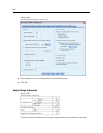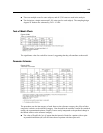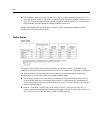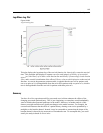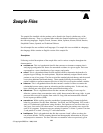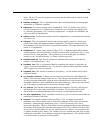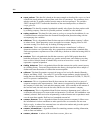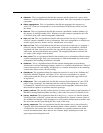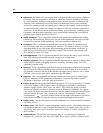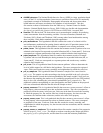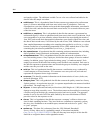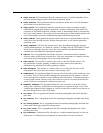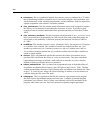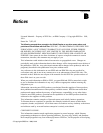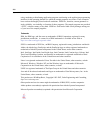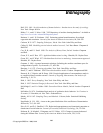
262
Appendix A
guttman.sav. Bell (Bell, 1961) presented a table to illustrate possible social groups. Guttman
(Guttman, 1968) used a portion of this table, in which five variables describing such things
as social interaction, feelings of belonging to a group, physical proximity of members, and
formality of the relationship were crossed with seven theoretical social groups, including
crowds (for example, people at a football game), audiences (for example, people at a theater
or classroom lecture), public (for example, newspaper or television audiences), mobs (like a
crowd but with much more intense interaction), primary groups (intimate), secondary groups
(voluntary), and the modern community (loose confederation resulting from close physical
proximity and a need for specialized services).
health_funding.sav. This is a hypothetical data file that contains data on health care funding
(amount per 100 population), disease rates (rate per 10,000 population), and visits to health
care providers (rate per 10,000 population). Each case represents a different city.
hivassay.sav. This is a hypothetical data file that concerns the efforts of a pharmaceutical
lab to develop a rapid assay for detecting HIV infection. The results of the assay are eight
deepening shades of red, with deeper shades indicating greater likelihood of infection. A
laboratory trial was conducted on 2,000 blood samples, half of which were infected with
HIV and half of which were clean.
hourlywagedata.sav. This is a hypothetical data file that concerns the hourly wages of nurses
from office and hospital positions and with varying levels of experience.
insurance_claims.sav. This is a hypothetical data file that concerns an insurance company that
wants to build a model for flagging suspicious, potentially fraudulent claims. Each case
represents a separate claim.
insure.sav. This is a hypothetical data file that concerns an insurance company that is studying
the risk factors that indicate whether a client will have to make a claim on a 10-year term
life insurance contract. Each case in the data file represents a pair of contracts, one of which
recorded a claim and the other didn’t, matched on age and gender.
judges.sav. This is a hypothetical data file that concerns the scores given by trained judges
(plus one enthusiast) to 300 gymnastics performances. Each row represents a separate
performance; the judges viewed the same performances.
kinship_dat.sav. Rosenberg and Kim (Rosenberg and Kim, 1975) set out to analyze 15 kinship
terms (aunt, brother, cousin, daughter, father, granddaughter, grandfather, grandmother,
grandson, mother, nephew, niece, sister, son, uncle). They asked four groups of college
students (two female, two male) to sort these terms on the basis of similarities. Two groups
(one female, one male) were asked to sort twice, with the second sorting based on a different
criterion from the first sort. Thus, a total of six “sources” were obtained. Each source
corresponds to a
proximity matrix, whose cells are equal to the number of people in a
source minus the number of times the objects were partitioned together in that source.
kinship_ini.sav. This data file contains an initial configuration for a three-dimensional solution
for kinship_dat.sav.
kinship_var.sav. This data file contains independent variables gender, gener(ation), and degree
(of separation) that can be used to interpret the dimensions of a solution for kinship_dat.sav.
Specifically, they can be used to restrict the space of the solution to a linear combination of
these variables.
marketvalues.sav. This data file concerns home sales in a new housing development in
Algonquin, Ill., during the years from 1999–2000. These sales are a matter of public record.



